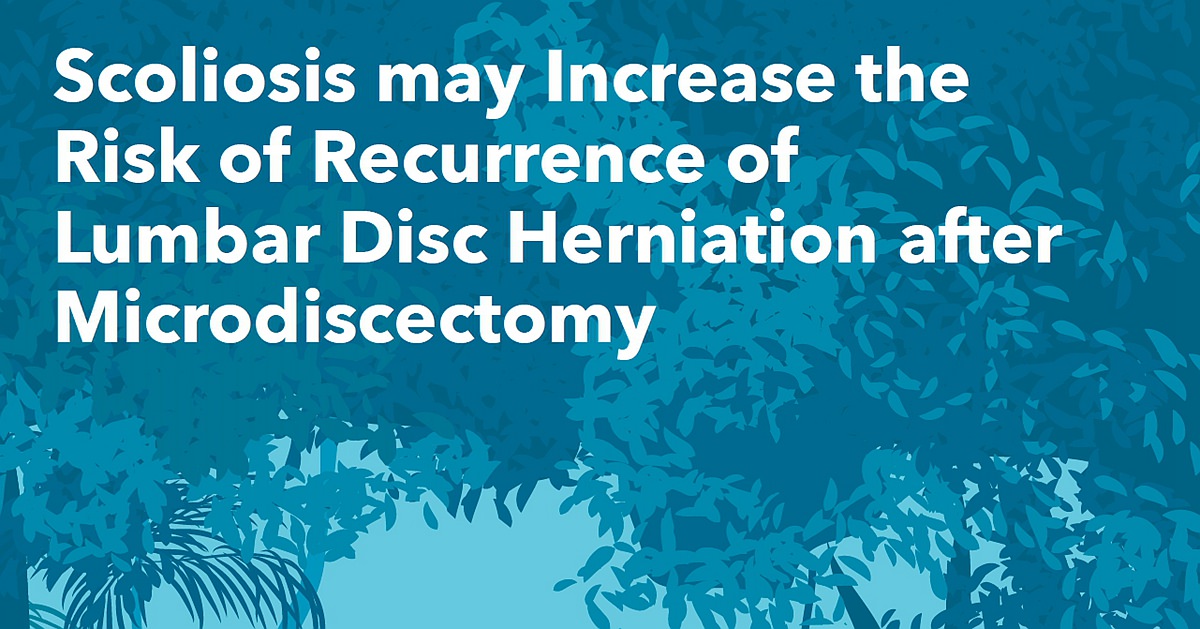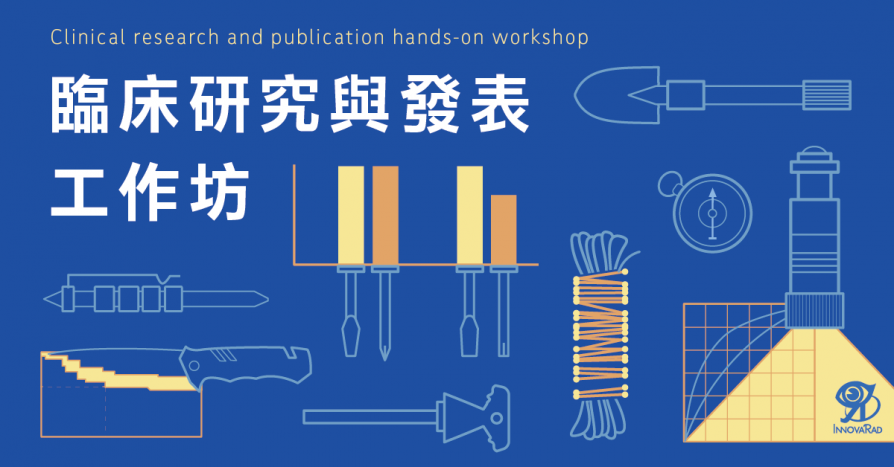
精選入門論文 與 閱讀建議
為了讓學習效果最大化,我們特別從講師近年的出版作品中,找到最適合初學者閱讀與學習的學術論文,提供給同學做指定閱讀。這篇吳昭慶醫師團隊登在 Journal of Neurosurgery: Spine 的作品,正具有「統計簡單、概念直覺、頂尖期刊」的特性。
新思惟國際,尊重各種形式的智慧財。所以,我們取得昭慶同意後,拿到論文的 MS-Word 版本原稿重新編輯,也委請設計師,用不同的風格,重新排版過。版權由「新思惟國際」回贈給吳昭慶醫師,並均能獨立使用。
這篇指定論文,將作為工作坊的教材,在課前提醒您閱讀。建議用以下的角度出發,並邊做筆記:
- 我需要多深的知識儲備與「臨床感」,才能看到這個機會?
- 如果機會來臨,我有沒有這樣的能力能掌握這些資料,寫出論文?
- 我有沒有能力做出裡頭的圖表?
- 我能不能寫出這樣的論文?如果目前不行,我在能力與經驗上還缺什麼?
歡迎您記錄所有問題,並在課程當天的任何空檔,詢問原作者。相信我,這個學習過程,非常有效且值得。你將會體驗到更多在學術界發表的重要面向。
提供 revision letter 供參考
更重要的,課程當天,我們將提供本篇文章的 revision letter,給各位參考。看看一開始被判定為「可以考慮」的 major revision 後,吳昭慶醫師團隊是怎麼修改、怎麼應對、怎麼捍衛自己的論點、怎麼讓 reviewer 爽快按下 accept 鍵的!
馬上報名最新課程

論文故事
腰椎椎間盤突出 (lumbar disk herniation; LDH),是現代人常見的文明病,顯微手術 (microdiscectomy) 是目前主流的手術方法之一。
過去的文獻曾指出,許多因子與術後復發相關,如:男性、年紀大、抽煙、外傷、糖尿病、肥胖、負重職業等。吳昭慶醫師團隊觀察到,似乎年輕的脊柱側彎患者,也容易術後復發,但文獻目前沒有相關研究,於是乾脆自己跑個資料、作個研究。
回溯研究過去手術記錄,收入 40 歲以下腰椎椎間盤突出,並接受手術的患者,分成「有脊柱側彎」與「無脊柱側彎」兩組。比較其基本資料後,確認並無顯著差異後,進一步分析腰椎椎間盤突出的「復發率」與「再手術率」。
結果發現,脊柱側彎患者,用顯微手術開完腰椎椎間盤突出後,的確比較容易復發 (33.3% vs 2.3%, p = 0.001)。
至於術後 recurrence interval 有沒有差異、再手術比例有沒有差異,就請各位自行閱讀囉。(小提示:找出這些數字,並思考,為什麼作者這麼呈現?為什麼放在內文?為什麼沒放在摘要?這些都是經過思考的喔!)
原刊登版本
Chang HK, Chang HC, Wu JC, Tu TH, Fay LY, Chang PY, Wu CL, Huang WC, Cheng H. Scoliosis may increase the risk of recurrence of lumbar disc herniation after microdiscectomy. J Neurosurg Spine. 2016 Apr;24(4):586-91. doi: 10.3171/2015.7.SPINE15133. Epub 2015 Dec 11.
原文摘要
OBJECT The aim of this paper was to investigate the risk of recurrence of lumbar disc herniation (LDH) in patients with scoliosis who underwent microdiscectomy.
METHODS A series of consecutive patients who underwent microdiscectomy for LDH was retrospectively reviewed. The inclusion criteria were young adults younger than 40 years who received microdiscectomy for symptomatic 1-level LDH. An exclusion criterion was any previous spinal surgery, including fusion or correction of scoliosis. The patients were divided into 2 groups: those with scoliosis and those without scoliosis. The demographic data in the 2 groups were similar. All medical records and clinical and radiological evaluations were reviewed.
RESULTS A total of 58 patients who underwent 1-level microdiscectomy for LDH were analyzed. During the mean follow-up of 24.6 months, 6 patients (10.3%) experienced a recurrence of LDH with variable symptoms. The recurrence rate was significantly higher among the scoliosis group than the nonscoliosis group (33.3% vs. 2.3%, p = 0.001). Furthermore, the recurrence-free interval in the scoliosis group was short.
CONCLUSIONS Young adults (< 40 years) with uncorrected scoliosis are at higher risk of recurrent LDH after microdiscectomy.
KEYWORDS BMI = body mass index; LDH = lumbar disc herniation; VAS = visual analog scale; lumbar disc herniation; microdiscectomy; recurrence; scoliosis
馬上報名最新課程
